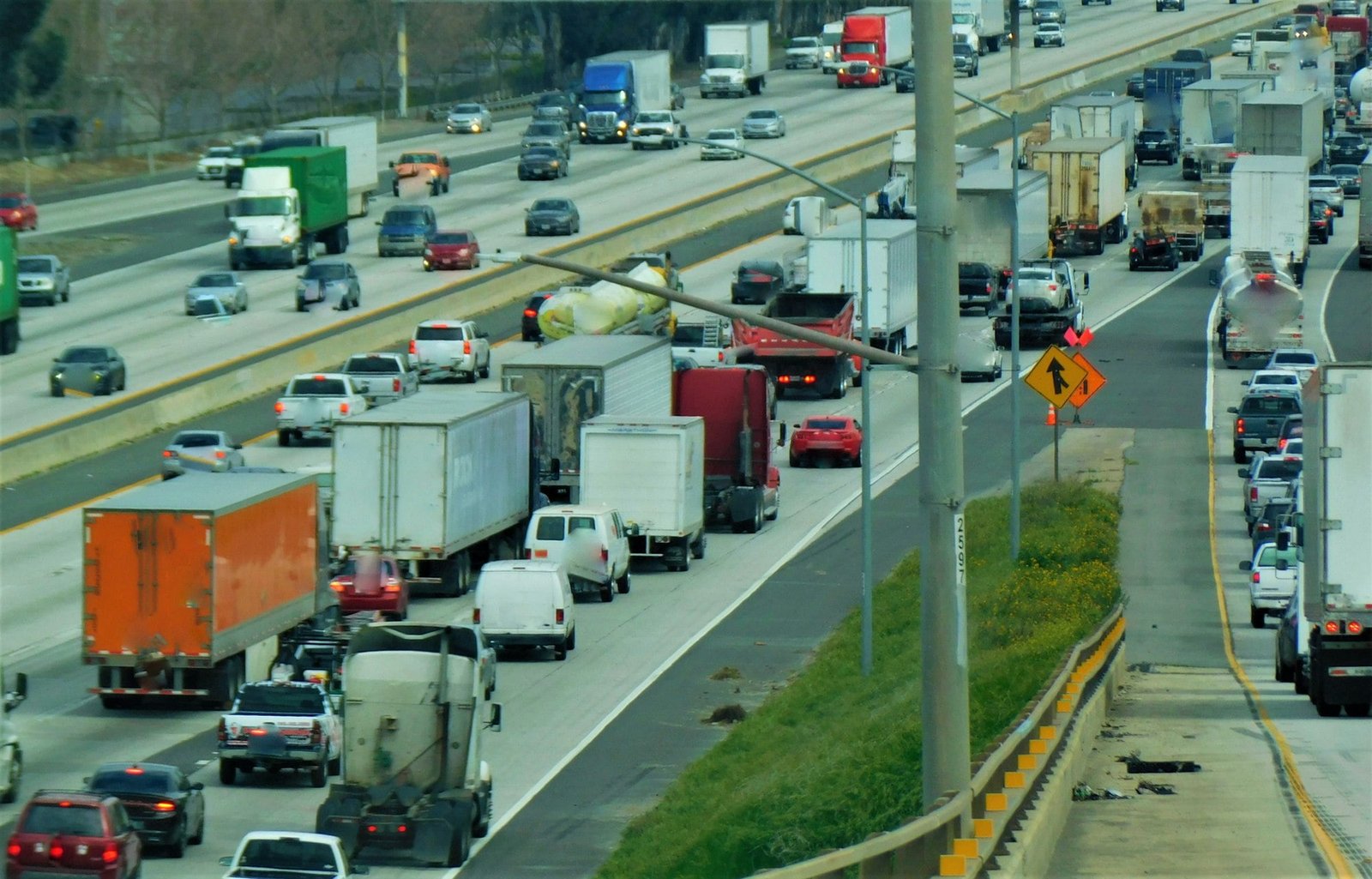Navigating Urban Congestion: The Role of AI in Traffic Management
Automotive AITable of Contents
Introduction
In the bustling arteries of urban landscapes, traffic congestion stands as a persistent challenge, impacting both commuters and city infrastructure. However, with the advent of Artificial Intelligence (AI), traffic management systems have found a potent ally in mitigating congestion and improving the flow of vehicles through city streets.
Understanding AI in Traffic Management
What is AI in Traffic Management?
AI in traffic management refers to the integration of artificial intelligence technologies into traffic control systems to optimize traffic flow, reduce congestion, and enhance safety on roads. These AI systems analyze real-time traffic data, identify patterns, and make dynamic adjustments to traffic signals and routing algorithms to optimize the movement of vehicles.
How Does AI Improve Traffic Management?
AI enables traffic management systems to adapt in real-time to changing traffic conditions by processing vast amounts of data from various sources, including traffic cameras, sensors, and GPS devices. Through predictive analytics and machine learning algorithms, AI can anticipate traffic patterns, identify congestion hotspots, and deploy strategies to alleviate gridlock.
Benefits of AI in Traffic Management
Reduced Congestion
By dynamically adjusting traffic signals and rerouting vehicles based on real-time data analysis, AI-based traffic management systems can significantly reduce congestion on urban roads. These systems optimize traffic flow, minimize stop-and-go traffic patterns, and improve overall travel times for commuters.
Improved Safety
AI technologies enhance safety on roads by identifying potential hazards, such as accidents or obstacles, and alerting authorities and drivers in real-time. Additionally, AI-powered traffic management systems can optimize traffic signal timings to reduce the risk of collisions and enhance pedestrian safety at intersections.
Enhanced Efficiency
Through predictive analytics and optimization algorithms, AI streamlines traffic management processes, leading to more efficient use of road infrastructure and resources. By reducing delays and congestion, AI improves fuel efficiency, reduces emissions, and minimizes the environmental impact of urban traffic.
Implementing AI in Traffic Management
Intelligent Traffic Signal Control
AI-powered traffic signal control systems use real-time traffic data to dynamically adjust signal timings based on traffic flow and demand. These systems optimize signal phasing and coordination to minimize delays and maximize throughput at intersections, reducing congestion and improving traffic efficiency.
Smart Routing and Navigation
AI-based routing and navigation systems use predictive analytics to recommend optimal routes for drivers based on current traffic conditions and historical data. These systems consider factors such as traffic congestion, road closures, and accidents to guide drivers along the fastest and most efficient paths, reducing travel times and congestion on urban roads.
Conclusion
In the quest to alleviate urban congestion and enhance traffic management, AI emerges as a powerful tool, offering dynamic solutions to the complex challenges of modern city living. By harnessing the capabilities of AI, cities can create smarter, safer, and more efficient transportation networks, paving the way for a smoother journey through urban landscapes.
FAQs:
How does AI help reduce traffic congestion?
AI analyzes real-time traffic data and adjusts traffic signals and routing algorithms to optimize traffic flow, reduce congestion, and improve travel times for commuters.
Can AI predict traffic accidents and hazards?
Yes, AI-powered traffic management systems can identify potential hazards, such as accidents or obstacles, by analyzing real-time traffic data and alerting authorities and drivers in real-time.
Are there privacy concerns associated with AI in traffic management?
While AI-based traffic management systems rely on data from various sources, including traffic cameras and sensors, measures can be implemented to anonymize and secure sensitive information to ensure privacy compliance.
How does AI improve road safety?
AI enhances road safety by identifying potential hazards, optimizing traffic signal timings to reduce the risk of collisions, and providing real-time alerts to drivers and authorities about accidents or obstacles on the road.
Can AI be integrated with existing traffic management systems?
Yes, AI can be integrated with existing traffic management systems to enhance their capabilities and effectiveness in reducing congestion, improving safety, and optimizing traffic flow on urban roads.
